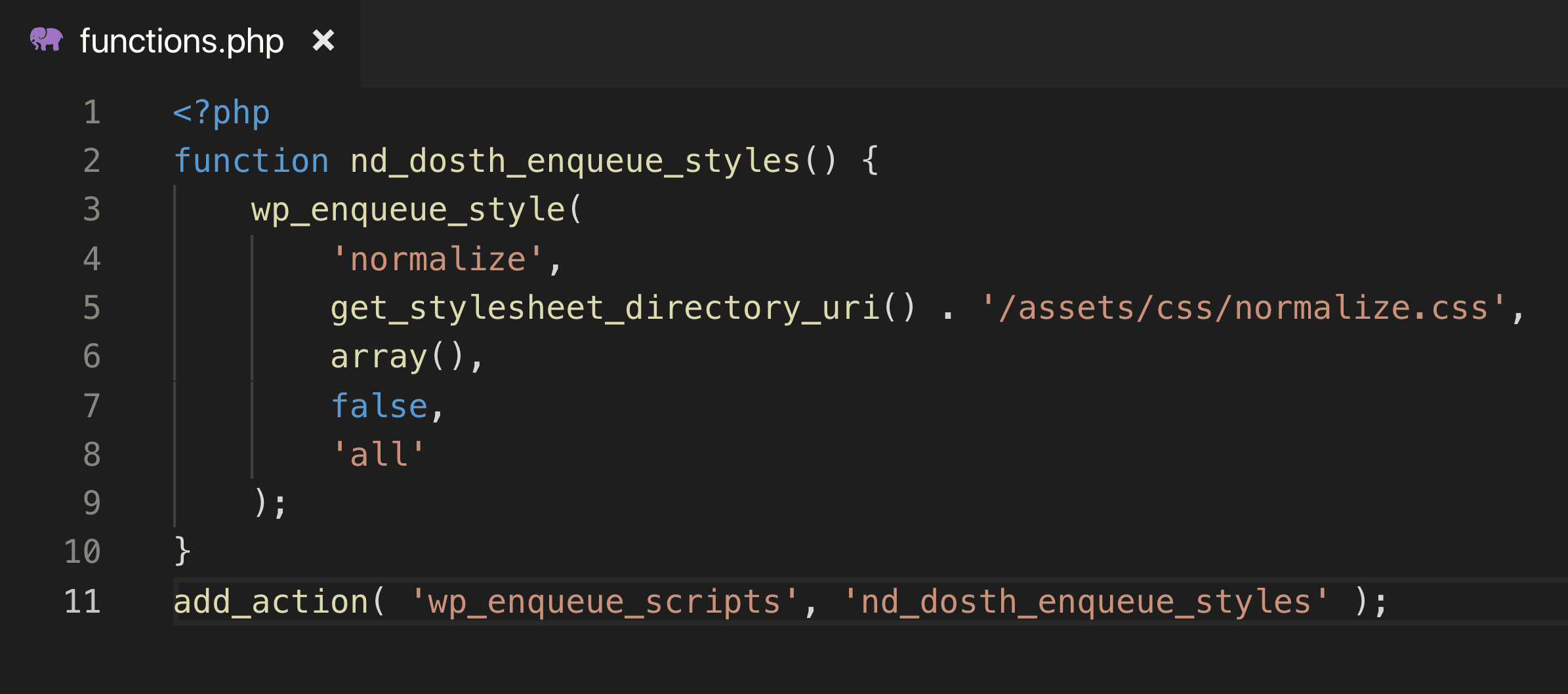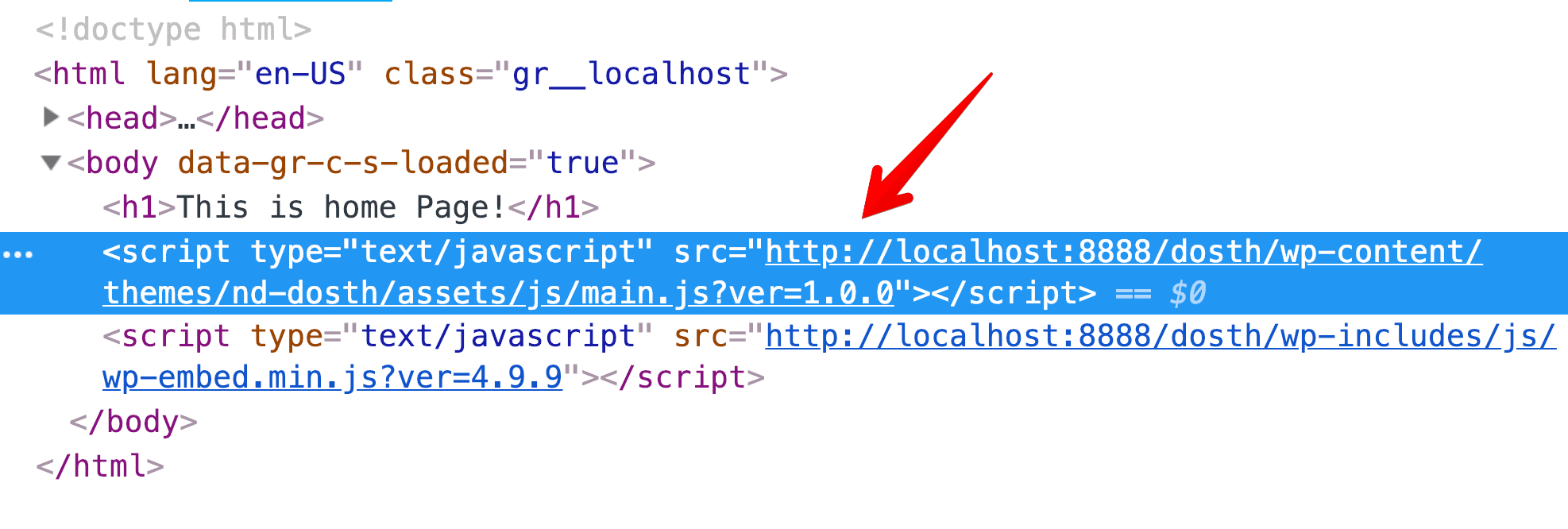

Take a look at the output of the above code. The alternative method of remove() is poll() which returns NULL value upon deleting an element from an empty queue. It will throw an unchecked exception if you try to delete an element from an empty queue.
#Enqueue javascript code
Name= queue.poll() // altrenative deque methodĪs you can see in the above code example, we used the remove() method in order to delete an item from the queue. import // Class Which implements queue list etc. For instance, if we were to remove an element from the above queue, the first element to get removed would be Bill Gates. It will be operated at the very front of the queue. The remove() method is used to delete an element from the queue. Let’s see how you can remove an item from the queue. Now that you have understood how you can ( enqueue) add elements in the queue. The output of the above program will be as follows. We added the fifth element in the queue using offer() in the above example. This particular method does not throw exceptions. The offer() method is an alternative of add().

It all depends on the nature of the queue. For instance, if your queue is restricted, the add() method will return an exception upon adding another element while there’s no space for it. Another thing that you should know about this method is that it throws an unchecked exception. queue.add()Īs you can see in the code, we have added four string values in the queue. In the above example, we have added four values using the following two methods. The following picture illustrates a queue: Another important operation of a queue is getting the element at the front called peek. Remove an element from the front of the queue, which is called dequeue. Queue.offer("Donald Trump") // alternatice enque Insert a new element at the end of the queue, which is called enqueue. Queue.add("Mark Mark Zuckerberg") // enque As the queue is a string, the following values would suffice. So, Let’s add ( enqueue) some value in the queue we made. Enqueue and Dequeue in JavaĪs mentioned above, the order for these types of operations is FIFO. Now let’s understand the methods involved in adding and removing an item from the queue. While implementing queue, we use Linked List for this purpose. You need to add the classes of linked lists and queues to implement one in Java. The following code example shows how one can create the object of the queue in Java. In Java, the queue is regarded as an interface that is implemented by a linked list. Now that you have a concrete understanding of the queue, let’s take a look at the implementation of the queue in Java. Take a look at the picture down below.Īs you can see, addition (enqueue) in the queue will always be from the back, and removal (dequeue) will always be from the front. So, when we say enqueue and dequeue in programming, we mean adding and removing an item, respectively. Whoever comes in first gets served first and goes out. A real-world example would be the line of people (queue) you see outside a bank. The one-way order is FIFO (first in, first out). Queue in terms of programming is a linear structure with a one-way order through which this datatype performs. What is it actually? The real-world example and much more. Group Logic Into Functions or Objectsīefore going into the steps of refactoring, let’s look at a normal JavaScript code in WordPress.Created: October-15, 2021 | Updated: November-08, 2021īefore we get into the concepts of enqueue and dequeue in Java, let’s build up a basic understanding of the whole concept of Queue.


 0 kommentar(er)
0 kommentar(er)
